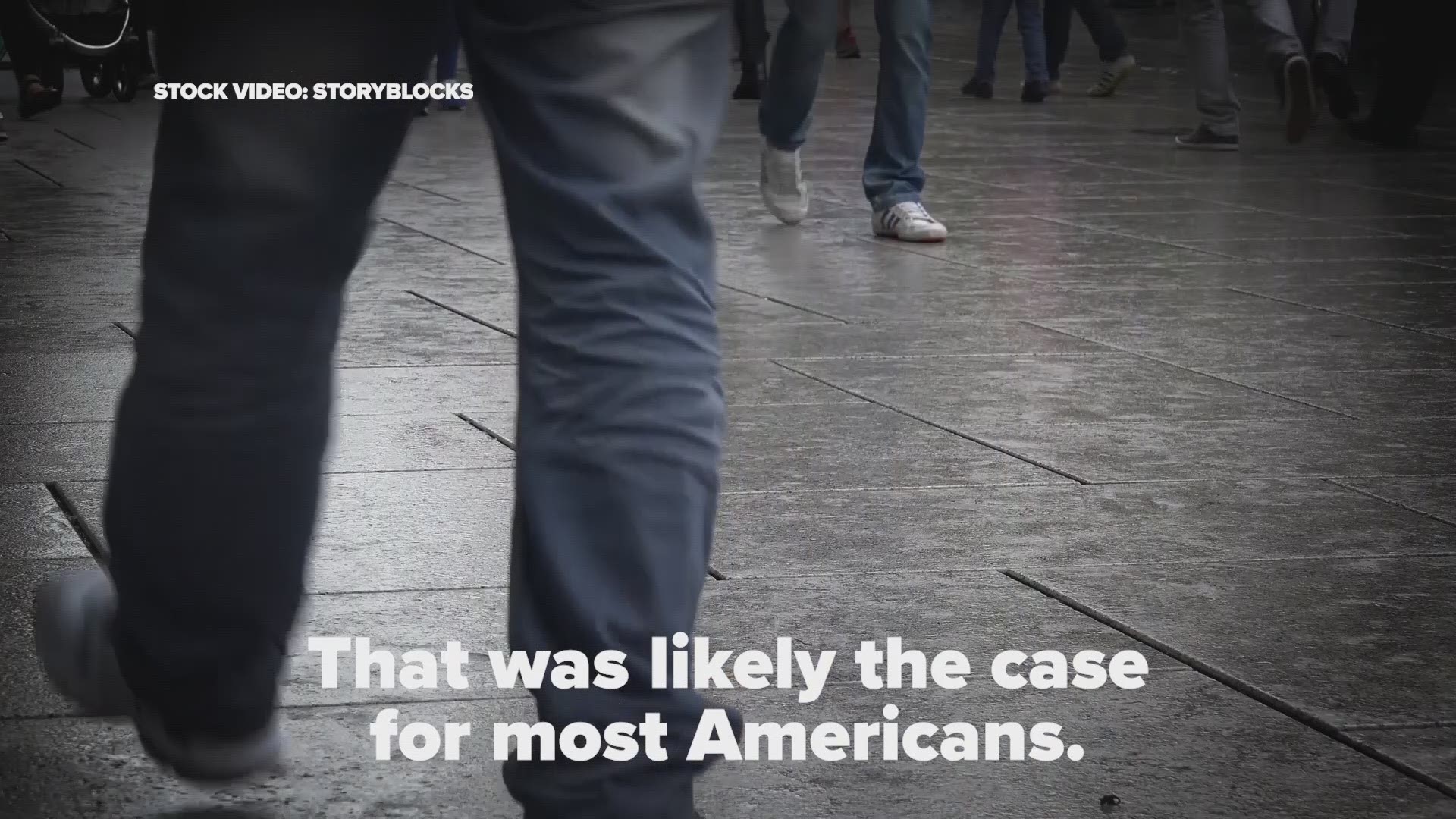TEXAS, USA — 2,793 Texans are currently hospitalized with COVID-19, the highest number the state has seen since the pandemic began. It's also the sixth consecutive day that a new record for hospitalizations has been set in Texas.
The numbers from the Texas Department of State Health Services jumped up by 275 people since Tuesday's statewide report.
In Southeast Texas, new data compiled by the SouthEast Texas Regional Advisory Council shows 31 people in the hospital due to COVID-19 in Jefferson County. That includes 20 people in ICU and 11 people in isolated hospital rooms. Those are the highest numbers since April.
Hospitalizations are up 85% statewide since Memorial Day.
"The increased occupancy in hospital beds, it does raise concerns, but as shown today, there is no reason to be alarmed," Texas Gov. Greg Abbott said in a Tuesday news conference.
The number of positive COVID-19 tests also rose across the state. 3,129 new cases were reported on June 17, DSHS reported.
Across Texas, there have been more than 96,000 cases of COVID-19 since tracking began in March, with more than 1,300 cases in Southeast Texas.
"COVID-19 hasn't magically left the state of Texas, it's still here," Abbott said. "We do not have to choose between either returning to jobs or protecting healthcare."
Infectious disease expert Dr. Peter Hotez told KHOU in Houston that the state's fast-track to reopen the economy left Texans vulnerable.
"The models tell a frightening story," Hotez said. "People were aggressive about opening early and this is the consequence of it, unfortunately.
"If by next week these numbers continue to accelerate, we may have to make some hard choice."
Coronavirus symptoms
The symptoms of coronavirus can be similar to the flu or a bad cold. Symptoms include a fever, cough and shortness of breath, according to the Centers for Disease Control.
Most healthy people will have mild symptoms. A study of more than 72,000 patients by the Centers for Disease Control in China showed 80 percent of the cases there were mild.
But infections can cause pneumonia, severe acute respiratory syndrome, kidney failure and even death, according to the World Health Organization. Older people with underlying health conditions are most at risk.
The CDC believes symptoms may appear anywhere from two to 14 days after being exposed.
RELATED: VERIFY: No, members of Congress who are self-quarantined for coronavirus cannot vote remotely
Human coronaviruses are usually spread through...
- The air by coughing or sneezing
- Close personal contact, such as touching or shaking hands
- Touching an object or surface with the virus on it, then touching your mouth, nose or eyes before washing your hands.
Help stop the spread of coronavirus
- Stay home when you are sick.
- Eat and sleep separately from your family members
- Use different utensils and dishes
- Cover your cough or sneeze with your arm, not your hand.
- If you use a tissue, throw it in the trash


